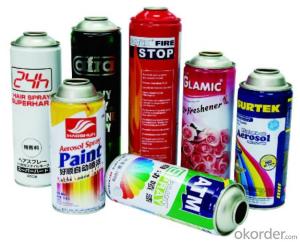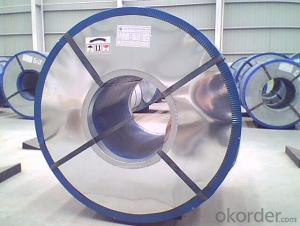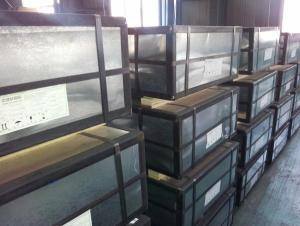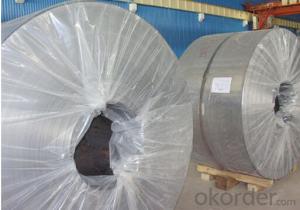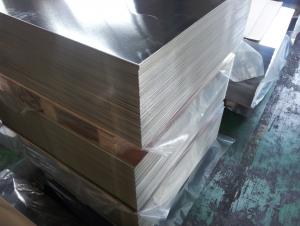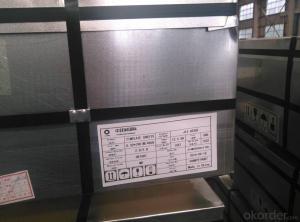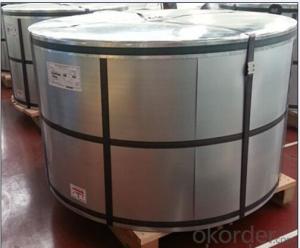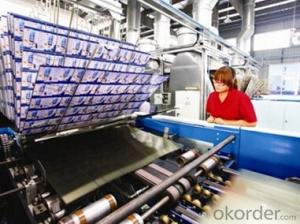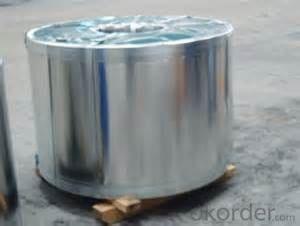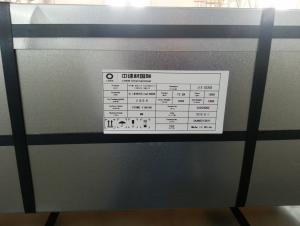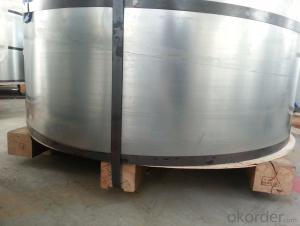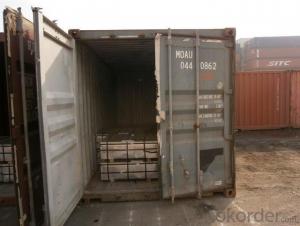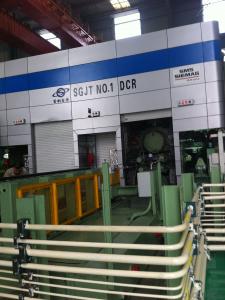All Categories
- - Steel Wire Rod
- - Steel Coils
- - Steel Profiles
- - Steel Pipes
- - Stainless Steel
- - Tinplate
- - Special Steel
- - Steel Sheets
- - Steel Rebars
- - Steel Strips
- - Hot Rolled Steel
- - Cold Rolled Steel
- - Pre-painted Steel
- - Seamless Steel Pipe
- - Welded Steel Pipe
- - Hollow Steel Tubes
- - Galvanized Pipe
- - Stainless Steel Coil
- - Stainless Steel Sheet
- - Stainless Steel Plate
- - Stainless Steel Strips
- - Electrolytic Tinplate Coil
- - Electrolytic Tinplate Sheet
- - Stainless Steel Rebars
- - Solar Panels
- - Solar Water Heater
- - Solar Related Products
- - Solar Inverter
- - Solar Cells
- - Solar Light
- - Solar Energy Systems
- - Solar Controllers
- - Solar Mounting System
- - Solar Pump
- - Solar Chargers
- - Fiberglass Chopped Strand
- - Fiberglass Mesh Cloth
- - Composite Pipes
- - FRP Pultrusion Profiles
- - Fiberglass Mat Tissue
- - Fiberglass Fabrics
- - Fiberglass Mesh
- - Composite Tank
- - Fiberglass Mesh tape
- - Polymer
- - FRP Roofing Panel
- - Fiberglass Roving
- - Monolithic Refractories
- - Ceramic Fiber Products
- - Refractory Bricks
- - Raw Materials For Refractory
- - Suspended Platform
- - Cranes
- - Concrete Machinery
- - Earthmoving Machinery
- - Building Hoist
- - Road Building Machinery
- - Plastic Pipe Fittings
- - Plastic Tubes
- - Plastic Sheets
- - Agricultural Plastic Products
- - Plastic Nets
 All Categories
All Categories
Q & A
What is the typical thickness of tinplate?
The typical thickness of tinplate is around 0.13 to 0.49 millimeters.
What are the strategies for enhancing the recyclability of tinplate materials to promote sustainability and reduce waste?
There are several strategies for enhancing the recyclability of tinplate materials to promote sustainability and reduce waste. Firstly, improving the collection and separation of tinplate materials from other waste streams is crucial. Implementing efficient recycling systems and educating the public on proper recycling practices can help increase the amount of tinplate materials diverted from landfill.
Secondly, designing tinplate packaging for easy disassembly and separation of different materials is essential. By using adhesive-free designs or incorporating easy-to-remove components, the recyclability of tinplate materials can be significantly enhanced.
Thirdly, promoting the use of recycled tinplate in manufacturing new products can help create a closed-loop system. Encouraging industries to incorporate recycled tinplate into their production processes reduces the demand for virgin materials and contributes to circular economy practices.
Furthermore, investing in research and development to discover innovative recycling technologies can improve the efficiency and effectiveness of recycling tinplate materials. Advanced sorting techniques, such as optical sorting or magnetic separation, can ensure a higher purity of recycled tinplate.
Lastly, establishing partnerships between governments, businesses, and recycling facilities can facilitate the development and implementation of comprehensive recycling programs. Collaboration among stakeholders is essential to overcome barriers and address challenges in enhancing the recyclability of tinplate materials.
By implementing these strategies, we can promote sustainability, reduce waste, and maximize the recyclability of tinplate materials.
How is tinplate employed in the packaging of pharmaceuticals and medical devices?
Tinplate is commonly used in the packaging of pharmaceuticals and medical devices due to its excellent barrier properties, durability, and recyclability. It provides a protective layer that prevents contamination and preserves the quality and efficacy of the products. Additionally, tinplate packaging is tamper-evident, ensuring the safety and integrity of pharmaceuticals and medical devices during storage and transportation.
How does tinplate recycling impact the environment?
Tinplate recycling positively impacts the environment by reducing the need for raw materials extraction, energy consumption, and greenhouse gas emissions associated with the production of new tinplate. It helps conserve natural resources and minimizes waste, contributing to a more sustainable and circular economy.
Wholesale Tinplate from supplier in Mali
We are a Tinplate supplier serving the Mali, mainly engaged in the sale, quotation, and technical support services of various Tinplate products in the Mali region. We are a subsidiary platform of the Fortune Global 500 company CNBM, able to provide you with one-stop Tinplate procurement services in the Mali. Not only do we have a wide range of Tinplate products, but after years of market development in the Mali, we can also provide valuable experience for your projects.
